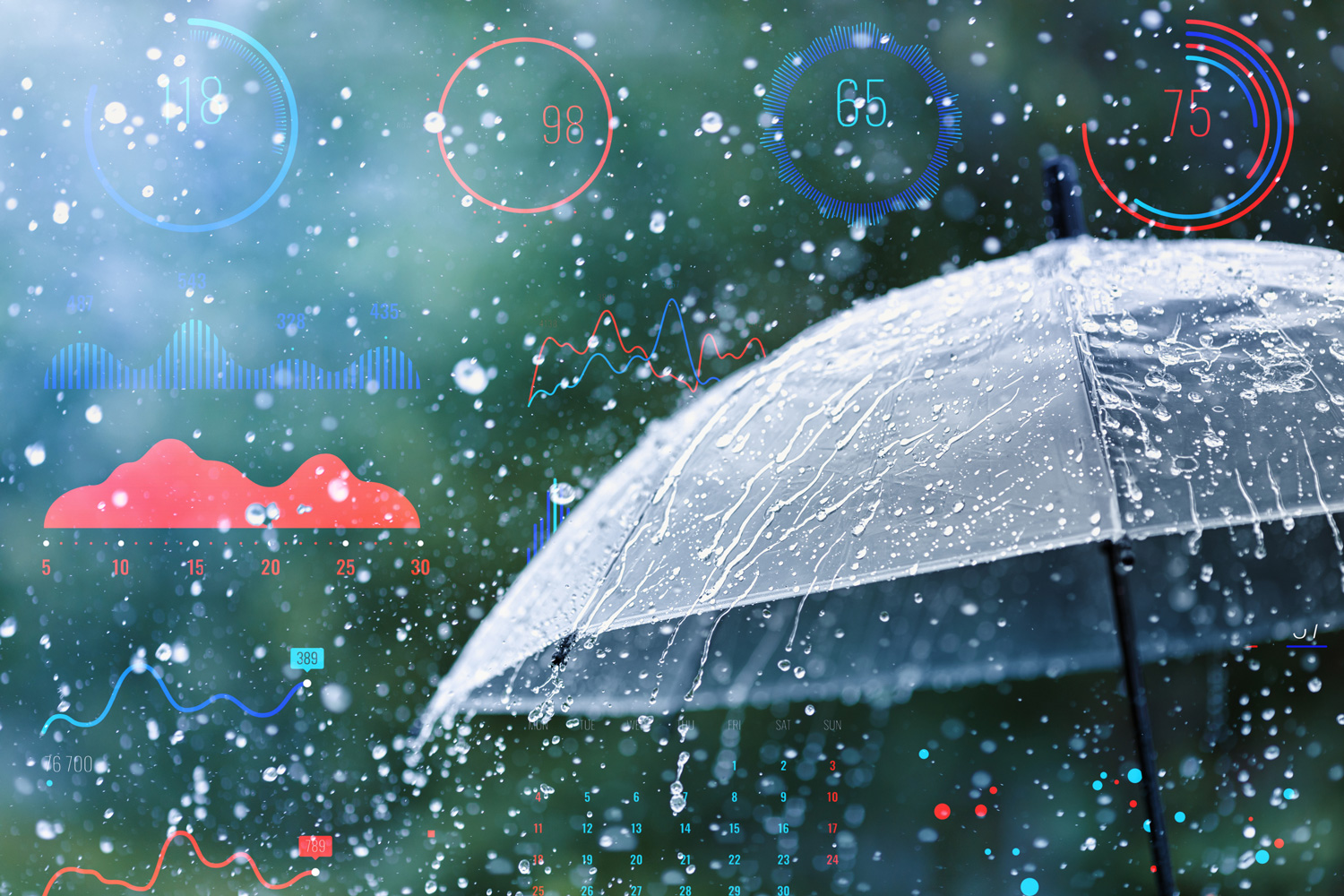The science of prediction: AI as a precision-enhancing technology

Predictions are basically simple. If I bump a ball on a straight surface, I can predict with a high degree of probability where it will roll. The difficulty comes with complexity. As soon as the table on which the ball is rolling wobbles, accurate predictions are almost impossible. The more variables in play, the more complex the algorithm needs to be to make accurate predictions. AI models help us to consider a huge amount of variables and thus build scalable algorithms for large-scale predictions. Through machine learning, such models recognize patterns and correlations that are invisible to a human.
Predictions are crucial in science. Whether in weather reports or medicine, the accuracy of our predictions can change lives. But how can new technologies, particularly AI, help improve our predictions?
Advances in AI have the potential to revolutionize the way we make predictions. Researchers at MIT, for example, have developed a new validation technique that makes predictions with spatial dimension more accurate (e.g. weather forecasts or air pollution). In the past, it was often difficult to ensure the accuracy of such predictions, especially for complex problems such as climate change. By integrating AI-powered algorithms, scientists can now analyze large amounts of data and identify patterns that were previously difficult to detect. This technique is particularly valuable in fields such as meteorology or earth science, where accurate predictions are of great importance.
The future of prediction will undoubtedly be shaped by AI. We can expect industries that depend on predictions, such as healthcare, agriculture and meteorology, to increasingly rely on AI-powered systems to obtain more accurate data and make better decisions.
Sources:






